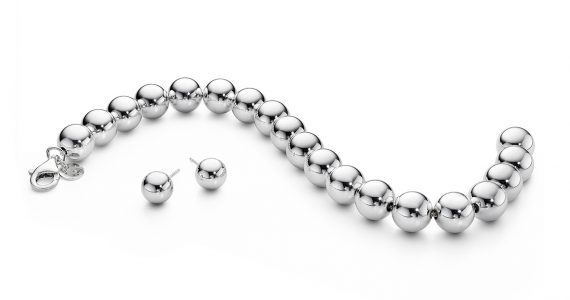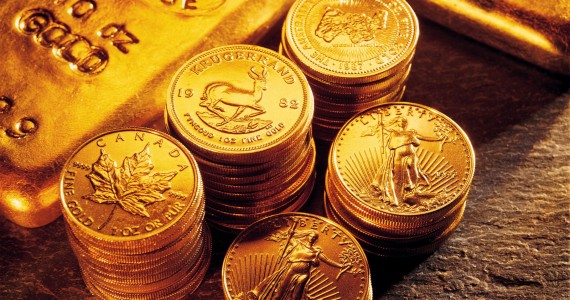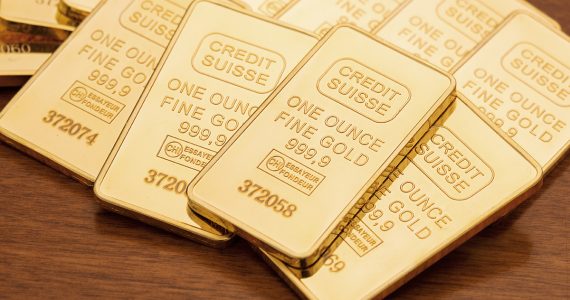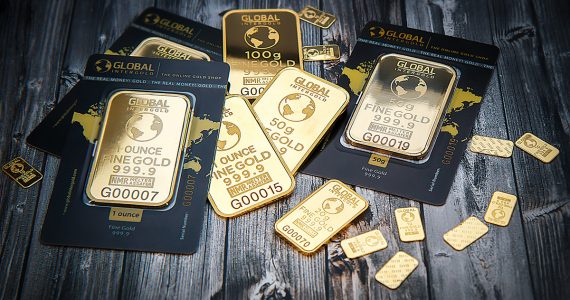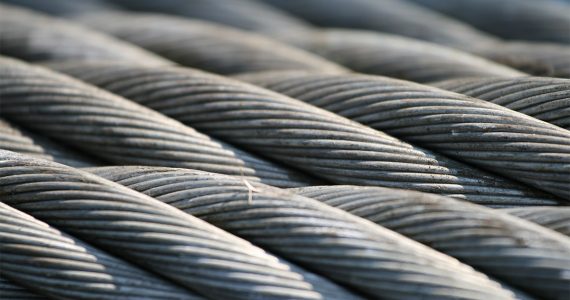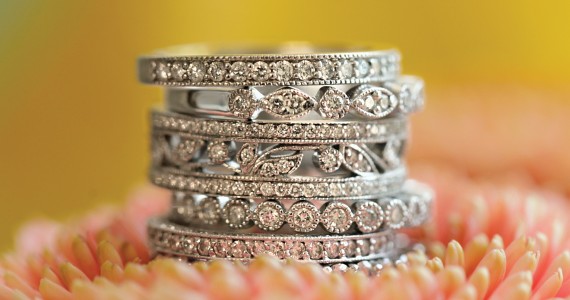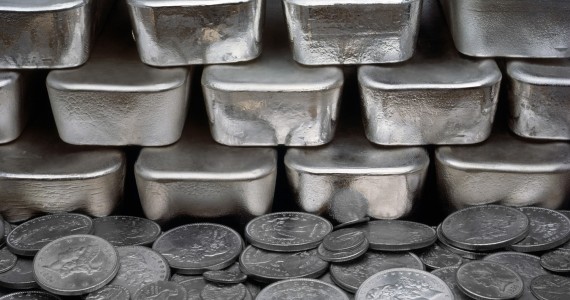Niobium was named after Niobe, daughter of King Tantalus who was transformed into stone while grieving over her dead offspring. Interesting name choice aside, the most notable characteristic of niobium is its shiny white color, and its special properties.
Properties of Niobium
Niobium has an atomic weight of 92.90638 and an atomic number of 41. its melting point is 4,491 F (2,477 C) and the boiling point is 4744 C or 8571 F. Niobium has 18 isotopes.
One of the most distinguishing characteristics of this metal is its ductility. This is a soft transition metal that when exposed to air turns bluish. When exposure is extended the metal begins to oxidize at a temperature of 392 F / 200 C. The metal must also be processed at moderate temperatures and in a protected atmosphere.
Where Can You Find Niobium?
This element is often extracted from the metal tantalum. However the isolation and preparation process varies depending on how it’s going to be used.
The majority of niobium is found in euxenite, niobite-tantalite, parochlore, columbite or niobite. As a component of parochlore, niobium in copious amounts have been discovered in Russia, Zaire, Nigeria, Brazil and Canada. The metal is often linked with carbon-silicate rocks (carbonatites) so when you find these, niobium won’t be far behind.
Uses and Applications of Niobium
Niobium has many applications owing to its superconductive properties. Studies have shown that this metal is effective for superconductive magnet development and in these instances, niobium is used as niobium-zirconium (Nb-Zr) wire.
As Nb-Zr, niobium maintains its superconductivity in powerful magnetic fields. There is a lot of research going on and researchers believe the metal can be used for power generation on a large scale.
Niobium is also used in making jewelry though it is not the main element used. Niobium is utilized in arc welding rods for stabilizing stainless steel. Its application does not end there since the metal is also used to manufacture spacecraft components.
Niobium is also used in the aerospace industry. It is used in the propeller blades, and various aircraft alloys use this metallic element. The silvery appearance is also indicative of its corrosion resistance. Because of its durability it’s a practical choice for any metal that needs strength.
When used in stainless steel and other alloys, niobium enhances its strength. Usually the metals are alloyed at low temperatures for even greater strength. Niobium fortified alloys are also used in rockets and jet engines.
Niobium alloys are also used in gas and oil pipelines, oil rigs, building girders and beams. The superconducting properties of niobium also makes it ideal for NMR equipment, MRI scanners and particle accelerators.
When niobium oxide compounds are used in glass, the refractive index level shoots up. This allows manufacturers to produce thin lens glasses. Niobium is also used in numismatics, optics, the nuclear industry and welding.
In 2006 alone more than 44,500 tons of niobium were mined, and more than 90% of those were used in the construction of superalloys and high end structural steel. When used in micro alloying, niobium produces niobium nitride and niobium carbide, and these enhance grain refining.
These two elements also leads to hardening and slows re-crystallization. What this means is the metal becomes easier to weld and form while adding strength, durability and toughness. This is one reason why they’re used in knives.
Discovery and History
Niobium ore was first discovered by John Withrrop in 1734 in Massachusetts, and the material was shipped to England. However the ore was left to gather dust in the British Museum. It was only in 1780 that a man named Charles Hatchett decided to analyze it.
Hatchett learned that the ore had a new element and decided to name it columbium after Christopher Columbus. In 1809, an English chemist named William Wollaston analyzed columbite and tantalum and noticed they had a lot of similar properties. So much so he declared that columbite was in fact tantalum.
But in 1844, Heinrich Rose tested the two metals again and saw they produced different acids, which he called pelopic acid and niobic acid. Rose then called the element niobium. In 1864, Swiss chemist Jean Charles Galissard de Marignac successfully isolated niobium by setting up a hydrogen atmosphere and heating it up with chloride.
While the element was called niobium in Europe, the name columbium remained in use in the US for a hundred years. It was in 1949 during the International Union of Pure and Applied Chemistry that niobium became the official name. In exchange, the American name for element 74, tungsten, was accepted instead of wolfram. Even so there are still metallurgists who call niobium columbium.
Conclusion
Niobium is not as common as iron nor as well known as aluminum or gold, but it’s invaluable in many industries. From space engineering to jewelry, the number of ways niobium can be used continues to increase.


